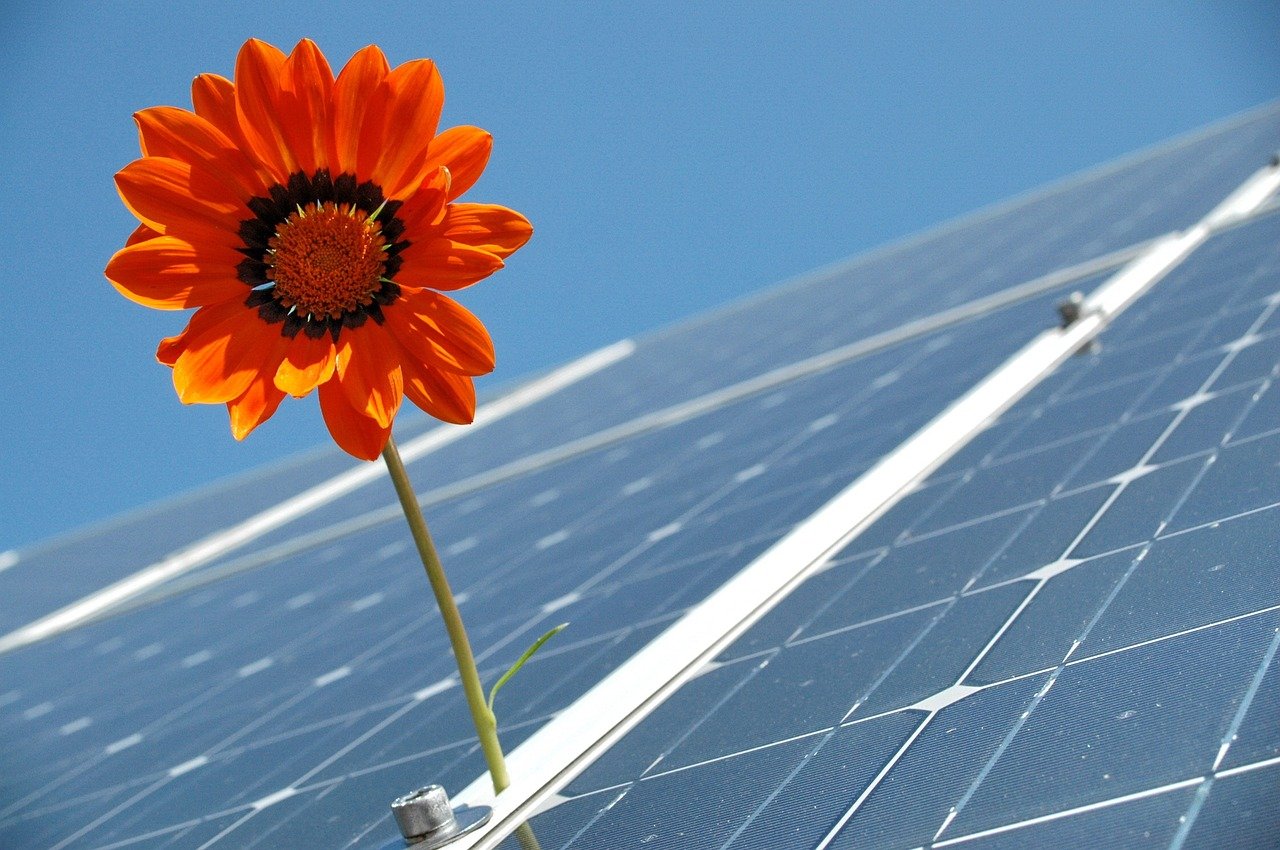Types of solar panels
Which solar panels are better: monocrystalline, polycrystalline or thin-film
One of the important factors in selecting modules for a photovoltaic installation is the type of photovoltaic cells. It largely determines the output of the solar power plant and its service life. The three varieties of solar cells are now the most common:
monocrystalline,
polycrystalline
and amorphous (thin-film).
Monocrystalline solar panels
Solar panels of this type have recently been installed on the roofs of private homes more often. They are preferred in particular because of their aesthetic appearance – the panels have a plain matte surface in dark blue or black.
Black monocrystalline panel
A monocrystalline module can easily be distinguished by the shape of individual photovoltaic elements: they look like a square with cut corners. Standard panels are composed of 60 or 72 photocells.
Blue monocrystalline panel
The name monocrystalline photovoltaic panels have received from the technology of manufacture. Each photocell consists of a single silicon crystal which is formed using the Czochralski method. A pure silicon melt is placed in a tank containing a seed crystal of the same material. As the seed is pulled, the silicon from the melt solidifies around it, forming a large monocrystal, an ingot. When the ingot is completely cooled, it is cut into thin plates to form a photovoltaic cell.
Because photovoltaic cells consist of a single crystal, they are highly conductive. Therefore, monocrystalline panels are the most energy-efficient type of solar cells. Their solar energy conversion efficiency usually equals 17-22%. Maximum efficiency allows achieving high power of the photomodule at its compact size.
The main disadvantage of monocrystalline modules – high cost, due to the complexity of the production process. On average, they are more expensive than polycrystalline photovoltaic panels by $0.05 per watt of rated power.
Polycrystalline solar panels
Polycrystalline silicon solar modules are an excellent choice when budgets are tight. Individual photovoltaic cells have no cut corners, and their surface has an irregular dark blue color that can’t always be harmonized with the surrounding environment.
Polycrystalline solar panel advantages and disadvantages
Polycrystalline solar cells are also made from a silicon melt into which the seed is immersed. But instead of pulling the monocrystal, the entire melt is cooled. The result is a large ingot consisting of many silicon crystals oriented in different directions. The resulting polycrystal is also cut into plates which are used to assemble photovoltaic panels with 60 or 72 photocells.
Solar panel polycrystalline features
It is harder for electrons to travel through a photovoltaic cell made up of individual silicon crystals than it is through a single crystal. Because of this, the efficiency of polycrystalline panels is typically 15-17%.
The main advantage of polycrystalline modules over monocrystalline ones is their more affordable price. This is what ensured the high popularity of polycrystalline batteries in 2012-2016.
Thin-film solar panels
Amorphous solar panels advantages and disadvantages
Thin-film, or amorphous, solar panels are the latest development. But it is not the best option for use in traditional home photovoltaic power plants. But for the manufacture of solar tiles or solar facades – the optimal solution today For such photomodules are characterized by a uniform dark surface color without pronounced boundaries of photocells, lightness and often flexibility.
Flexible solar panels
Amorphous panels are made by applying a thin layer of photovoltaic material to a solid base. The following materials are used as the active material, among others:
amorphous silicon;
cadmium telluride;
copper-indium-gallium selenide;
titanium dioxide.
Amorphous modules are cheaper than crystalline modules and lose less efficiency in diffuse light and low light. At the same time, thin-film panels are less efficient and have a shorter life than crystalline panels.
The usual efficiency for most production models is in the range of 10-13%. But the technology is actively developing. Just a few years ago, the energy efficiency of thin-film models did not exceed 10%, and now experimental photovoltaic cells with an efficiency of 23.4% are being created.
Nevertheless, due to low efficiency and short duration, the use of film solar panels in private households is not yet feasible. However, due to the ease of installation and low cost, solar panels of this type are widely used in industrial photovoltaic systems, where space saving does not play an important role.
Which solar panels to choose
Monocrystalline and polycrystalline panels are best suited for creating a home photovoltaic installation. The first ones provide the maximum efficiency, the second ones are cheaper. However, the improvement of technology gradually brings together polycrystalline and monocrystalline modules, both in terms of energy efficiency and cost.
Therefore, when choosing solar panels one should consider not only the type of photovoltaic cells, but also many other factors, primarily the specific characteristics, their compliance with operating conditions and the quality of manufacturing of photovoltaic panels. And it is also important to pay attention to the correctness of installation.









